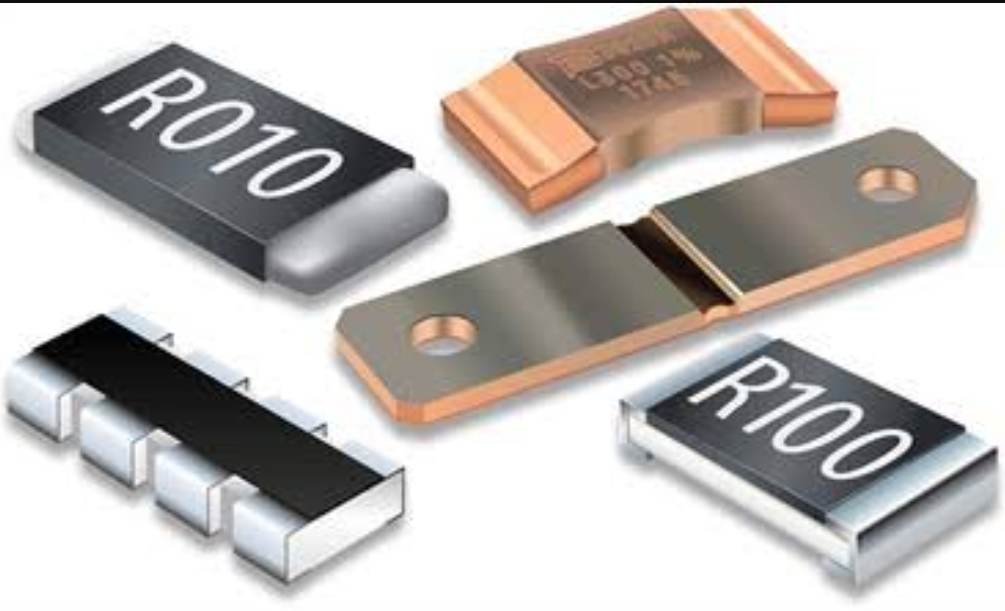All You Should Know About Reach in Freezer?

If you’re in the foodservice industry, chances are you’ve come across a reach-in freezer. These versatile appliances are essential for storing and preserving perishable food items. But what exactly is a reach-in freezer, and how does it differ from other types of refrigeration units? To understand the basics, we need to dive into its design and functionality.
A reach-in freezer is essentially a standalone vertical refrigerator with a large internal storage capacity. Unlike walk-in freezers that require dedicated space, reach-in freezers are compact and can be easily placed in tight spaces within your kitchen setup. The main distinguishing feature of a reach-in freezer is its front-opening door or doors that allow easy access to stored items without having to step inside. This not only saves valuable space but also ensures quick retrieval of items during busy times.
When it comes to functionality, most modern reach-in freezers employ an air-cooled refrigeration system coupled with powerful compressors and evaporators. These components work together to circulate cold air throughout the cabinet, maintaining consistent temperatures and preventing ice buildup. Adjustable shelving allows for flexible storage options while ensuring proper airflow inside the unit.
Understanding these basic features helps create an efficient workflow in your commercial kitchen by streamlining food storage operations. By capitalizing on the benefits offered by a reach-in freezer – convenience, versatility, and optimized cooling – you can enhance food safety measures while keeping your ingredients fresh for longer periods of time.
Contents
Features and Functionality of a reach-in freezer
When it comes to commercial refrigeration, the reach-in freezer is a staple in every restaurant or food service establishment. These units are designed to store and preserve perishable foods at temperatures below freezing, ensuring their freshness and extending their shelf life. One of the key features of a reach-in freezer is its compact size, which allows for easy placement and accessibility in any busy kitchen. With multiple compartments and adjustable shelving options, they provide efficient storage solutions for different types of food items.
In addition to its size, reach-in freezers come with a plethora of functionalities that make them versatile and user-friendly. Most models offer digital temperature controls that allow precise adjustments and monitoring of the internal temperature. This ensures optimal freezing conditions for various ingredients, whether it’s fish, meat, or dairy products. Some advanced units also include features like automatic defrosting systems to prevent frost build-up and maintain the unit’s efficiency.
To maximize organization within reach-in freezers, manufacturers have introduced innovative storage options such as pull-out drawers and adjustable shelves. These features help streamline inventory management by providing clear visibility of stored items while optimizing space utilization. Furthermore, many modern reach-in freezers incorporate energy-efficient technologies like LED lighting and improved insulation materials to reduce energy consumption without compromising performance.
Know more about reach in freezer’s features and functionality that greatly assist business owners in making informed purchasing decisions tailored to their unique needs.
Benefits and Advantages of using a reach-in freezer
One of the biggest advantages of using a reach-in freezer is its versatility. Whether you’re running a small café or a large restaurant, having a reach-in freezer allows you to cater to your specific needs. These freezers come in various sizes, allowing you to choose one that fits perfectly in your limited kitchen space. In addition, most reach-in freezers have adjustable shelves and storage compartments, giving you the flexibility to organize and store different types of food items efficiently.
Another benefit of using a reach-in freezer is the improved accessibility it offers. Unlike walk-in freezers that require you to step inside for access, reach-in freezers have doors that open outward, making it much easier and faster to retrieve items without wasting time searching through a large space. This is especially helpful during peak hours when every second counts in a busy kitchen environment. Additionally, with clear glass doors available on some models, you can conveniently check the inventory levels without opening the door, further reducing energy loss.
Lastly, using a reach-in freezer promotes better food preservation. With features such as temperature controls and uniform cold air distribution systems, these freezers ensure that all your stored food remains fresh for longer periods. You can easily maintain consistent temperatures within the freezer at optimal levels for different food types – from frozen meat products to delicate pastries – ensuring their quality and taste are preserved until they are ready to be used or served.
Common uses and industries that utilize reach-in freezers
There are several industries and commercial settings that heavily rely on reach-in freezers for their everyday operations. One such industry is the food service industry. Restaurants, hotels, and catering businesses often utilize reach-in freezers to store frozen foods, allowing them to preserve their inventory and extend its shelf life. This is particularly crucial in establishments that serve a wide variety of dishes and require access to ingredients at all times.
Another industry that greatly benefits from reach-in freezers is the healthcare industry. Hospitals, clinics, and laboratories commonly utilize these freezers to store medical supplies and samples at low temperatures. This ensures the preservation of vaccines, medications, and biological samples for testing or research purposes.
The retail sector extensively utilizes reach-in freezers in grocery stores and supermarkets. These establishments rely on these freezers to display frozen goods such as ice cream, meat products, seafood, and frozen vegetables. The easy accessibility of these products not only attracts customers but also allows for efficient stock rotation without compromising quality.
Whether it’s preserving perishable ingredients in restaurants or storing vaccines in healthcare facilities or displaying frozen goods in retail stores – there are numerous industries that heavily depend on reach-in freezers for their daily operations. Without these versatile appliances, many businesses would struggle to maintain product freshness while meeting customer demands efficiently.
Maintenance tips for better performance and longevity
When it comes to ensuring the best performance and longevity of your reach-in freezer, proper maintenance is key. Regular cleaning and maintenance not only help to keep the unit running smoothly but also extend its lifespan. One crucial aspect to pay attention to is keeping the condenser coils clean. These coils are responsible for transferring heat out of the freezer, and if they become clogged with dust and debris, they will hinder airflow and make the compressor work harder than necessary.
Another important tip is to regularly check the door seals of your reach-in freezer. Over time, these seals can wear out or become loose, causing air leaks and making it harder for the unit to maintain its optimal temperature. Paying close attention to the condition of these seals will help ensure that your freezer operates efficiently while preventing excessive energy consumption.
Lastly, it’s vital to monitor the temperature inside your reach-in freezer regularly. Fluctuating temperatures within this essential appliance can result in adverse effects on food quality and safety. Investing in a reliable thermometer will allow you to keep track of any fluctuations so that you can take immediate action if needed.
Keeping up with these simple yet effective maintenance tips will not only improve the overall performance of your reach-in freezer but also contribute to its long-lasting durability – ultimately leading to more efficient cooling, reduced energy costs, and less downtime for repairs or replacements in the future.





